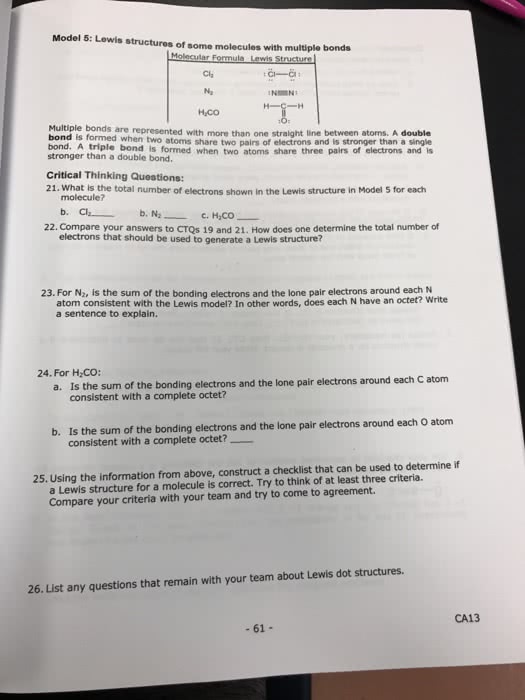CHEM 1111 Chapter Notes - Chapter 6: Formal Charge, Prestressed Concrete, Octet Rule
Document Summary
Lone pairs: pairs of valence electrons that are not involved in covalent bond formation. Single bond: bond between two atoms consists of one shared pair of electrons. Multiple bonds: form when two atoms share two or more pairs of electrons, double bond. Multiple bond in which the atoms share two pairs of electrons. Are found in molecules such as carbon dioxide co2 and ethylene c2h4: triple bond. Multiple bond in which the atoms share three pairs of electrons. In molecules such as nitrogen n2 and acetylene c2h2: multiple bonds are shorter than single bonds. Bond length: distance between the nuclei of two covalently bonded atoms in a molecule, triple bonds are shorter than double bonds which are shorter than single bonds. The shorter multiple bonds are stronger than single bonds. Electronegativity: ability of an atom to draw shared electrons toward itself. Dipole moment, partial charges, and percent ionic character.


